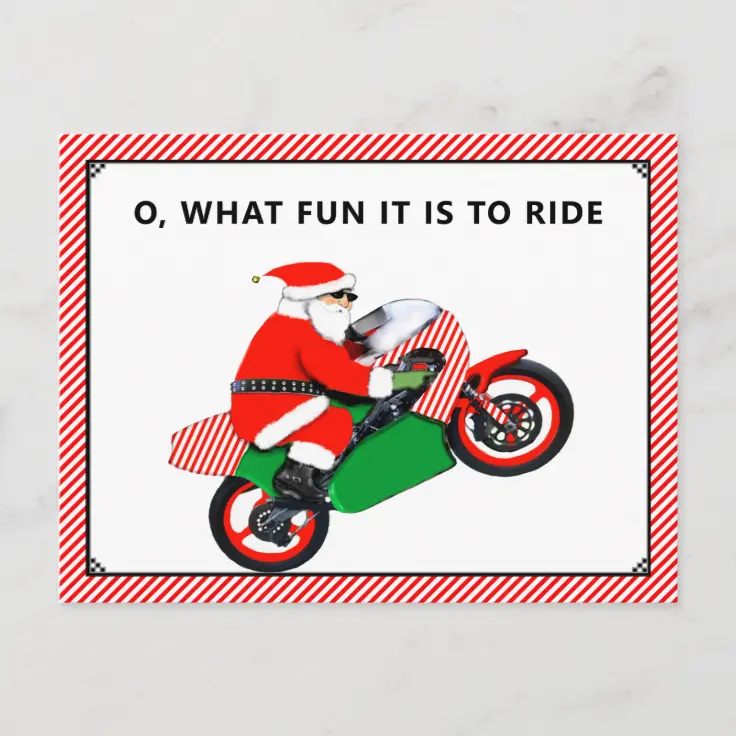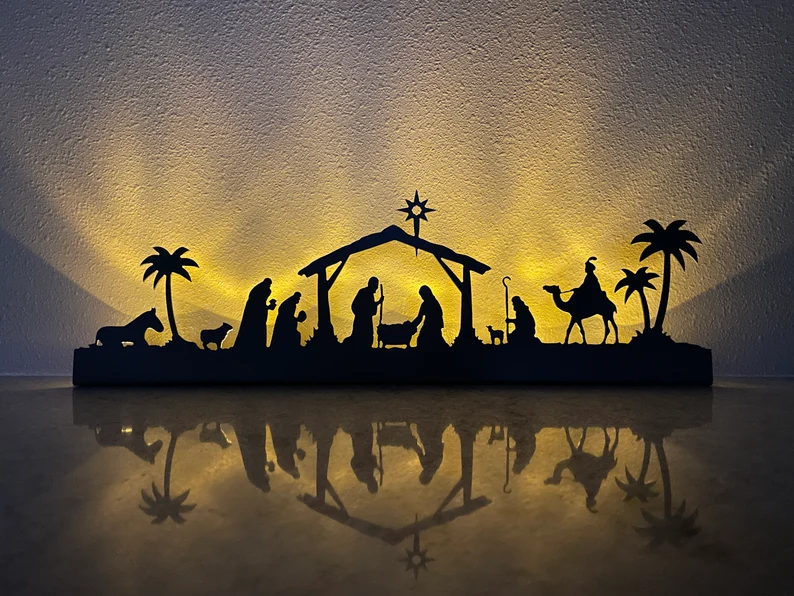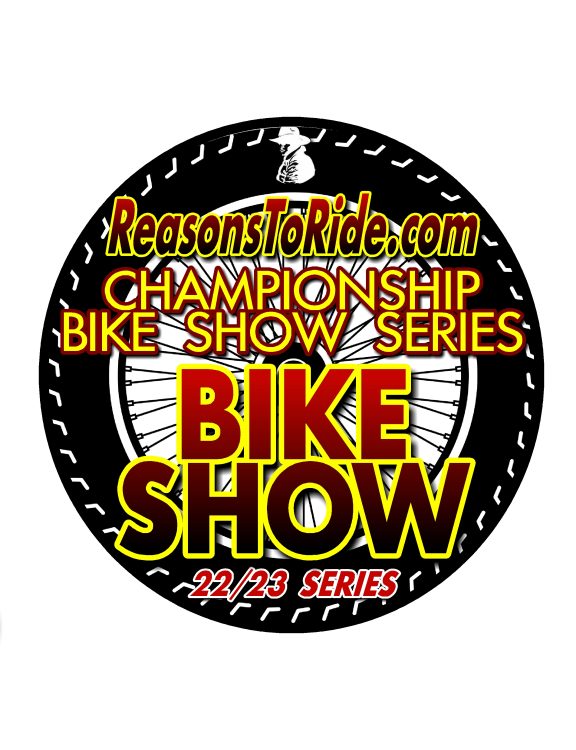What is Sport Touring?
Sport Touring Corner
By Norm Kern
In this new column we are going to talk about sport touring- the riders, the bikes, places to go and a lot more.
What exactly is a sport touring motorcycle and what makes someone a sport touring rider?
First, the sport touring rider views motorcycling as a skill-based sport. That doesn’t mean they are necessarily interested in racing or competition, but rather they look forward to a challenge and enjoy practicing and developing their riding skill. It’s not just riding a beautiful road, it’s riding it in complete control at a brisk pace, what many riders call “in the zone.” That’s the “sport” part of sport touring. The “touring” part is that a typical riding day covers several hundred miles and is often part of multi-day travel on the bike rather than towing the bike and riding it at the destination.
The sportbike that is so much fun to ride “in the zone” is not comfortable enough for most people to ride all day or a long distance. Enter the sport touring bike. Start with a large displacement sportbike that combines power, handling, braking and control. Modify it to be comfortable to ride 250+ miles per day and on long trips.
Typical factory modifications include comfortable seating for two normal sized people, hard luggage, a fairing for wind protection, electric adjustable windshield, large fuel tank, heated grips, cruise control, etc. Although some riders add forward highway footpegs for an alternate leg position, footpegs are under the rider for maximum control, typically placed as low as possible while preserving cornering clearance. Taller handlebars, placed closer to the rider to allow for a more upright riding position, complete the package.
Most sport touring bikes have shaft drive and liquid cooled engines. These features enable more power, less maintenance and less mechanical noise. Since the engine and radiator is inside the fairing, hot air can be ducted out the bottom and sides far enough that the rider avoids most of the heat. Since sport touring bikes come from the factory with plenty of horsepower, there is rarely need for engine or exhaust modifications, leaving plenty of time and money for other refinements.
Sport touring riders are serious about riding safety. Many have taken safety and advanced riding courses to develop their skills. Most wear helmets, boots, jackets, gloves and other armored riding gear.
One of my favorite things about my fellow sport touring riders is that they are responsible people you can feel safe riding with, but that also brings up a question. Where does the sport touring enthusiast find like-minded riders?
After being mostly away from riding for several years while establishing a business, in 2001 I purchased a Honda ST1100 and began looking for people to ride with. I stumbled onto a small ad in a magazine for Motorcycle Sport Touring Association (MSTA). Contacting one of the officers to learn more, I was invited to an informal Spring ride.
I was delighted when I arrived that day at the parking lot in Harrison, Indiana. A wide variety of brands and bike models were on hand, along with about fifty friendly people, mostly suited up in nice riding gear. I thought, “Here are all the people I’ve always wanted to ride with! Why didn’t I find out about this club sooner?”
The day’s route, with riders in small groups of four to eight people, wound through small twisty back roads in southeast Indiana, crossed the Ohio River at Markland dam, then on the back roads of Kentucky to the mid-afternoon lunch stop at Dry Ridge. After a nice lunch with new friends, I headed home to Dayton, Ohio; about 250 miles for the day.
MSTA is a national club that has a strong presence in Ohio and Indiana area. They have a website (ridemsta.com) and have monthly breakfast/brunch rides in several locations, but their greatest attraction is the unique regional and national rallies that the club promotes. Unlike most, these are RIDING rallies, held in locations with the best roads. Curated routes are provided in GPS and map form, carefully crafted by local members who know every good road in the region and have cleverly strung them together into spectacular routes. Typical route length is 150-350 miles in a day.
A typical rally has half a dozen or more routes of varying length and complexity to choose from. When you attend a MSTA rally, you will be riding with a small (typically 2-6) group of riders who are safe, experienced, wear gear and ride well-maintained bikes. Unlike a social club’s events, the parking lot is empty during the day because everyone comes to RIDE. If this kind of rally appeals to you, there is no better place to find it than MSTA.
In the coming months, we’ll be talking about lots of sport touring and related topics, including adventure, dual sport and long distance riding. Feel free to email me at nkern@kernvideo.com with comments, questions or things you’d like to see in the Sport Touring Corner.
————————————————————————————————————————————————————————————————
About Norm Kern
Norm Kern, long time Dayton Motorcycle Club member and MSTA member, has been riding a number of bike styles for over 50 years, including British sportbikes of the ’60s, pure touring bikes such as the classic Moto Guzzis of the ’70s, plus off-road enduros and dual sport riding on a variety of dirt bikes. During his 50+ years of motorcycling, he’s owned a motorcycle shop and done mechanical work as well.
Most of Norm’s miles have been on the road. He’s always enjoyed day rides and long trips, and finds the twisty mountainous roads of the Appalachian Mountains to be his favorite. Norm found he liked a brisk pace, and lost interest in large pure touring bikes in the 1980s.
In 1986, he had an opportunity to trade a friend for an almost new Kawasaki Concours. With over 100 horsepower, decent adjustable suspension, cornering clearance, good brakes, shaft drive, large tank and fairing, it turned him into a sport touring rider for good.
Since then, Norm’s had a Honda ST1100, ST1300, and a 2014 Yamaha FJR1300ES, riding about 150 k miles since 2001. Since getting the FJR, he’s been riding about 20k miles per year, mostly on four day weekend trips.



